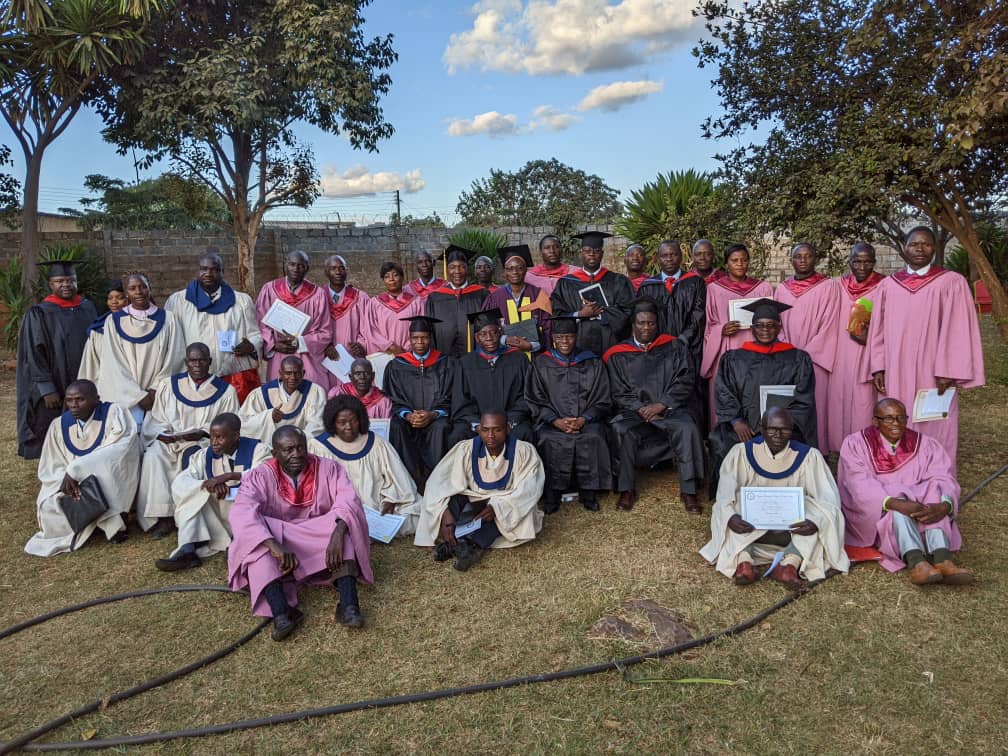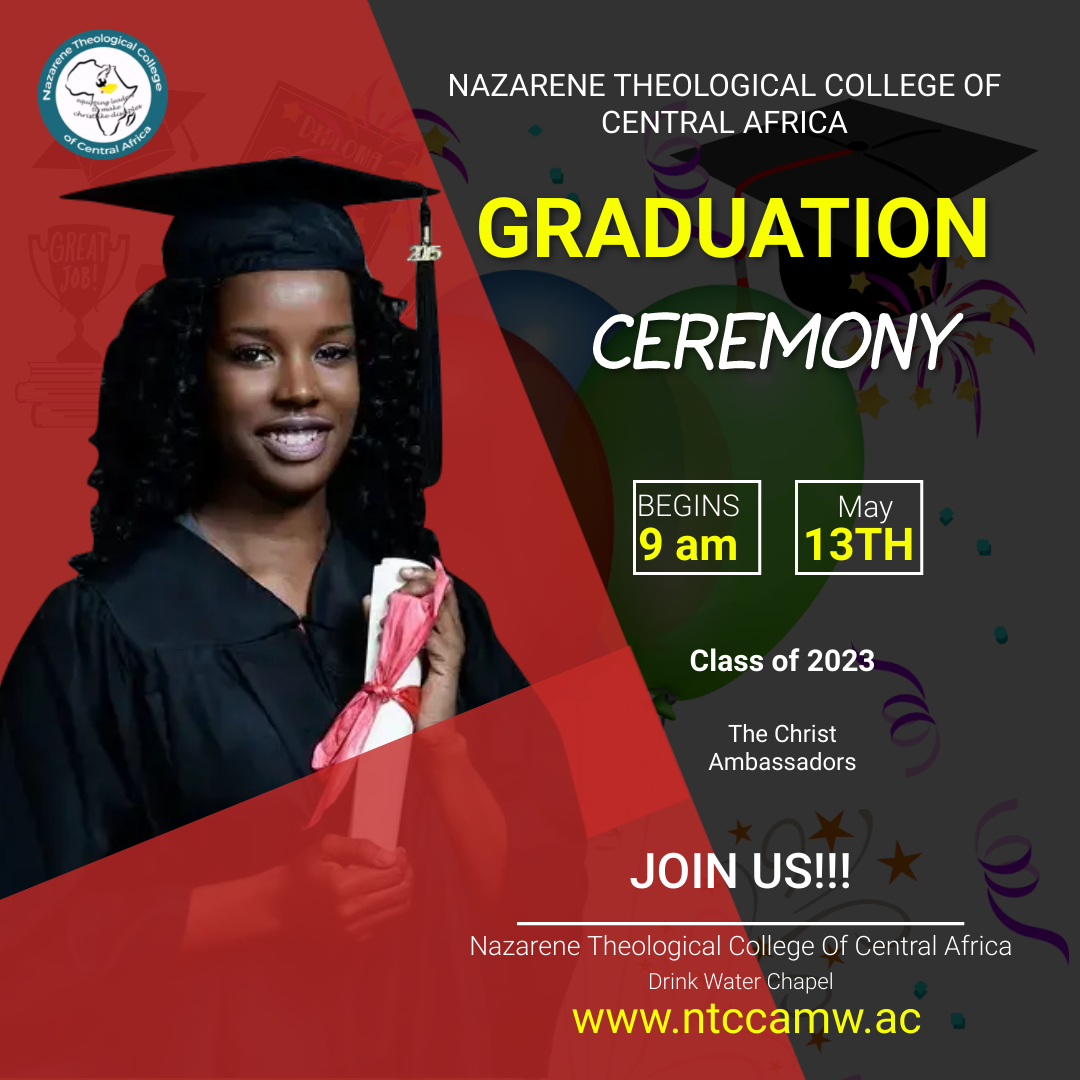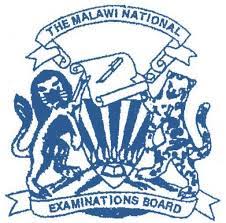The primary architect of Nazarene mission philosophy and practice was Hiram F. Reynolds, who had served as the foreign missionary superintendent in the Association of Pentecostal Churches of America (APCA) from its earliest years, and held a similar role in the Church of the Nazarene (under various titles) from 1907 until 1922.[56] Influenced by the indigenous church mission theories of Anglican Henry Venn (1796–1873) and American Board of Commissioners for Foreign Missions secretary Rufus Anderson (1796–1880), from the beginning of the global expansion of the Church of the Nazarene (including its antecedent groups), there was a commitment to the development of indigenous churches and districts within the framework of a unitary global denomination under the authority of the Manual.[57] As early as March 3, 1914, Nazarene mission policy developed for the work in Japan by Reynolds encouraged the creation of "self-supporting and self-governing churches": When a Mission Church reaches a place where it can become entirely self supporting it shall be organized by the District Missionary Superintendent (SIC) Into a self supporting body according to the manual of the Pentecostal Church of the Nazarene adapted to the needs peculiar to the country, and shall be governed by the same. The church shall be granted a pastor whose duties and privileges (SIC) shall conform to the manual; and at this time all missionary control shall be relinquished except such superintendency as provided for in the manual.[58] Under the policy, foreign districts would be granted the same rights as US districts, with control passing from missionaries to local leaders.[59] However, in 1919, all reference to the missionaries relinquishing control was removed, and the following substituted: "The pastor and delegates from the self-supporting church to the District Assembly must be able to enter into the deliberations of the Assembly in the English language until such time as a self-supporting district may be formed.
Developments (1907–1932)












